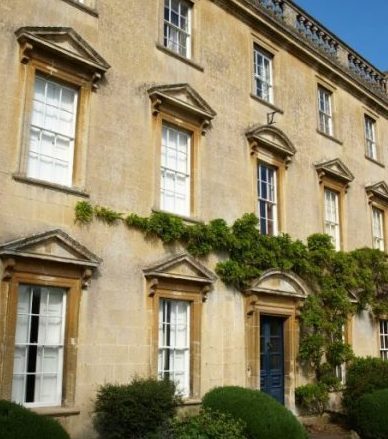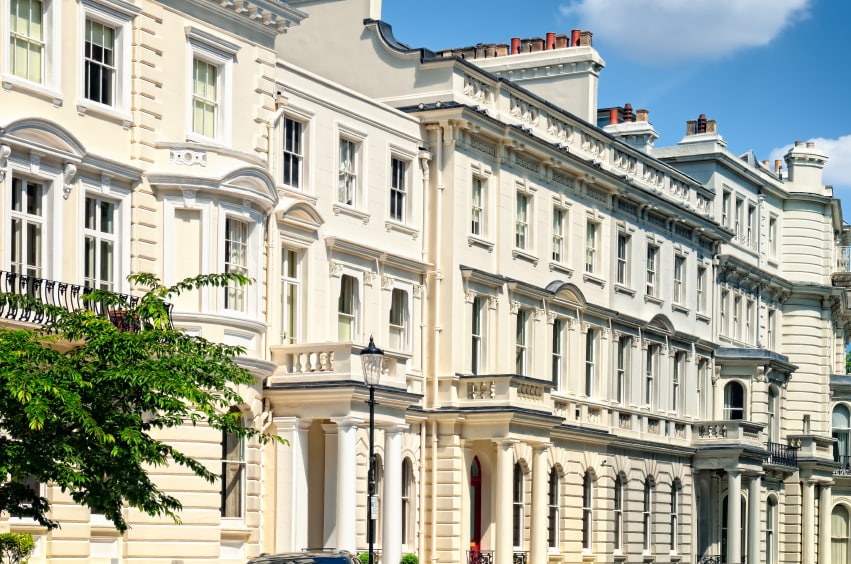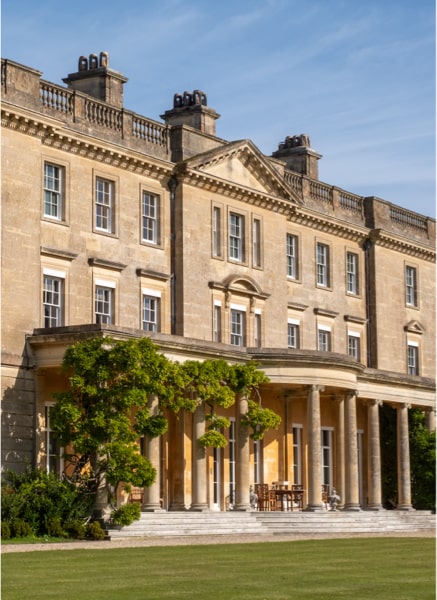Updated: 22/04/2025
These properties come with heritage restrictions, specialist maintenance requirements, and structural quirks that can make lenders cautious. That said, with the right guidance and access to specialist lenders, it’s entirely possible to finance a listed or non-standard property.
What Is a Listed Building Mortgage?
A listed building mortgage is a loan secured against a property on the National Heritage List for England (or similar registers in Scotland, Wales, and Northern Ireland). Listed buildings are legally protected due to their architectural or historical significance and fall into three categories:
- Grade I – Buildings of exceptional interest
- Grade II* – Particularly important buildings of more than special interest
- Grade II – Buildings of special interest
Due to their unique status and construction, listed buildings are often treated differently by lenders.
Why Are Listed Buildings More Challenging to Mortgage?
Standard lenders often hesitate to finance listed homes for a few key reasons:
- Construction materials (e.g. thatched roofs, timber frames, stone walls) may be considered non-standard
- Strict renovation restrictions limit changes and increase long-term costs
- Resale potential can be uncertain due to a smaller buyer pool
Maintenance obligations are often greater and more expensive
Get in the Know
Subscribe to our newsletter
“Listed properties require more flexibility and specialist underwriting—something most mainstream lenders won’t offer.” Islay Robinson, CEO at Enness.
Who Offers Listed Building Mortgages?
While many high street banks have rigid criteria, there are lenders that welcome complex property types. These include:
- Private banks
- Specialist and regional building societies
- Boutique lenders experienced in unusual or heritage property
These lenders typically take a more flexible, case-by-case approach and work with expert valuers who understand the nuances of listed buildings.
How Can a Broker Help?
A specialist broker plays a vital role in securing finance for listed properties. They can:
- Identify lenders who accept listed or unusual homes
- Present your case effectively, especially if your income is complex or international
- Negotiate terms that reflect the property's true value and condition
- Coordinate with solicitors, valuers, and underwriters to ensure a smooth process
"We frequently arrange finance for clients buying character properties—from converted churches to thatched cottages. We know how to frame the application and who’s likely to say yes.” says Islay Robinson, CEO at Enness.
Renovating or Restoring a Listed Property
If you're planning to renovate or restore a listed home, financing can be more complicated. Lenders will want to see:
- Proof of listed building consent
- Clear renovation plans
- An understanding of planning restrictions
- Stage-by-stage valuations for large projects
Specialist lenders are more likely to support this type of project, especially if you're working with heritage architects or contractors.
Don’t Overlook Insurance
Insuring a listed property can be just as challenging as financing it. Mainstream insurers may not offer coverage, especially if:
- The property has a thatched roof
- Fire risks are higher due to historic materials
- Access for emergency services is limited
- Maintenance history is clear
“Specialist insurers are essential, some will request fire safety checks, restoration history, or details of previous works. Premiums can be higher, but comprehensive cover is crucial.” says Islay Robinson, CEO at Enness.
Listed Building Mortgage FAQs
Can you get a mortgage on a Grade II listed building?
Yes. Grade II properties are generally more acceptable to lenders than Grade I, especially with broker support.
Do you need a larger deposit for a listed property?
Often, yes. Many lenders ask for a 25–40% deposit, depending on the lender and the building’s condition.
What lenders offer listed building mortgages?
Specialist lenders, private banks, and regional building societies are most likely to provide finance.
Can international buyers get finance for listed buildings?
Yes. Many of Enness’s clients are based overseas and secure property finance through our specialist lender network.
Can listed building mortgages include funds for renovation?
Yes, but lenders will need full project details and assurance that all work complies with heritage regulations.
If you’re considering a listed building mortgage, get in touch with Enness to explore your options and secure the right finance for your property.





